Every year, in the heart of the Norman county of Eure, the Ferme biologique et expérimentale du Bec Hellouin (or Le Bec Hellouin Organic and Experimental Farm) welcomes visitors from around the world. Its secret? Following the principles of permaculture, this farm, founded by Charles and Perrine Hervé-Gruyer, has shown extremely promising results, in terms of productivity, soil fertility and biodiversity. Meet Charles Hervé-Gruyer.
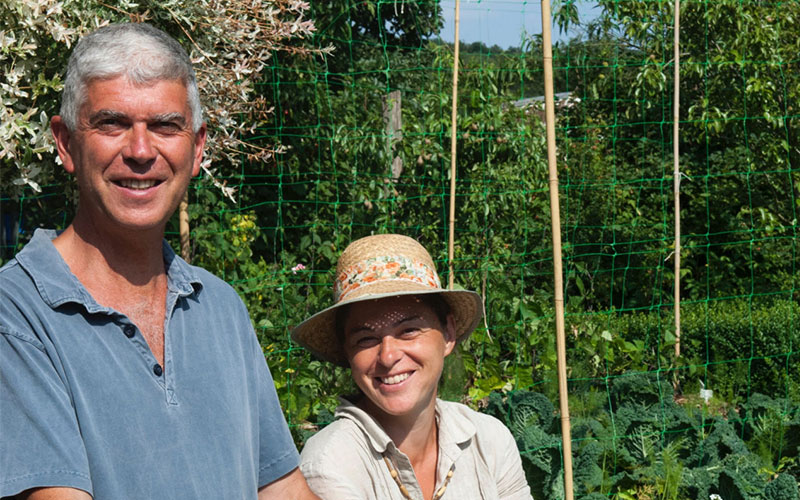
How did the Ferme du Bec Hellouin come into being ?
With my wife Perrine, we established ourselves here in 2003. At the start, we simply wanted to try to live self-sufficiently as a family, mainly by producing all our food needs. At the time, we were psychotherapists and very conscious of the importance of what we ate, so we wanted to consume the healthiest foods possible and allow our children to grow up in a very natural, privileged environment. In 2006, we took on the status of professional farmers, wishing to extend our food mission to the local community by offering organic produce to the inhabitants of our little corner of the world. That’s when our troubles began. We didn’t have the necessary training and were very incompetent, working on land that wasn’t even suitable for vegetable growing, as the bottom of our valley isn’t, in fact, very fertile at all.

In what ways can your farm be said to be innovative ?
To solve our problems, we looked for solutions, especially abroad. As the years have gone by, our farm has become innovative because we’ve combined the good practices of natural agriculture and of permaculture developed all around the world. We set about testing out a form of natural agricultural that we now like to refer to as ‘ecoculture’, but which had never been employed in this form of ours, anywhere, as it was a symbiosis of the concepts of permaculture and of various forms of natural agriculture, the elements of which we took from Asia, the United States, the Amazon, or even from the past, here in France, as used by the Parisian market-gardeners of the 19th century. Very soon, our farm became both more natural and more productive, to the point of intriguing not just the media but also scientific specialists, with whom we then began describing and documenting our practices.
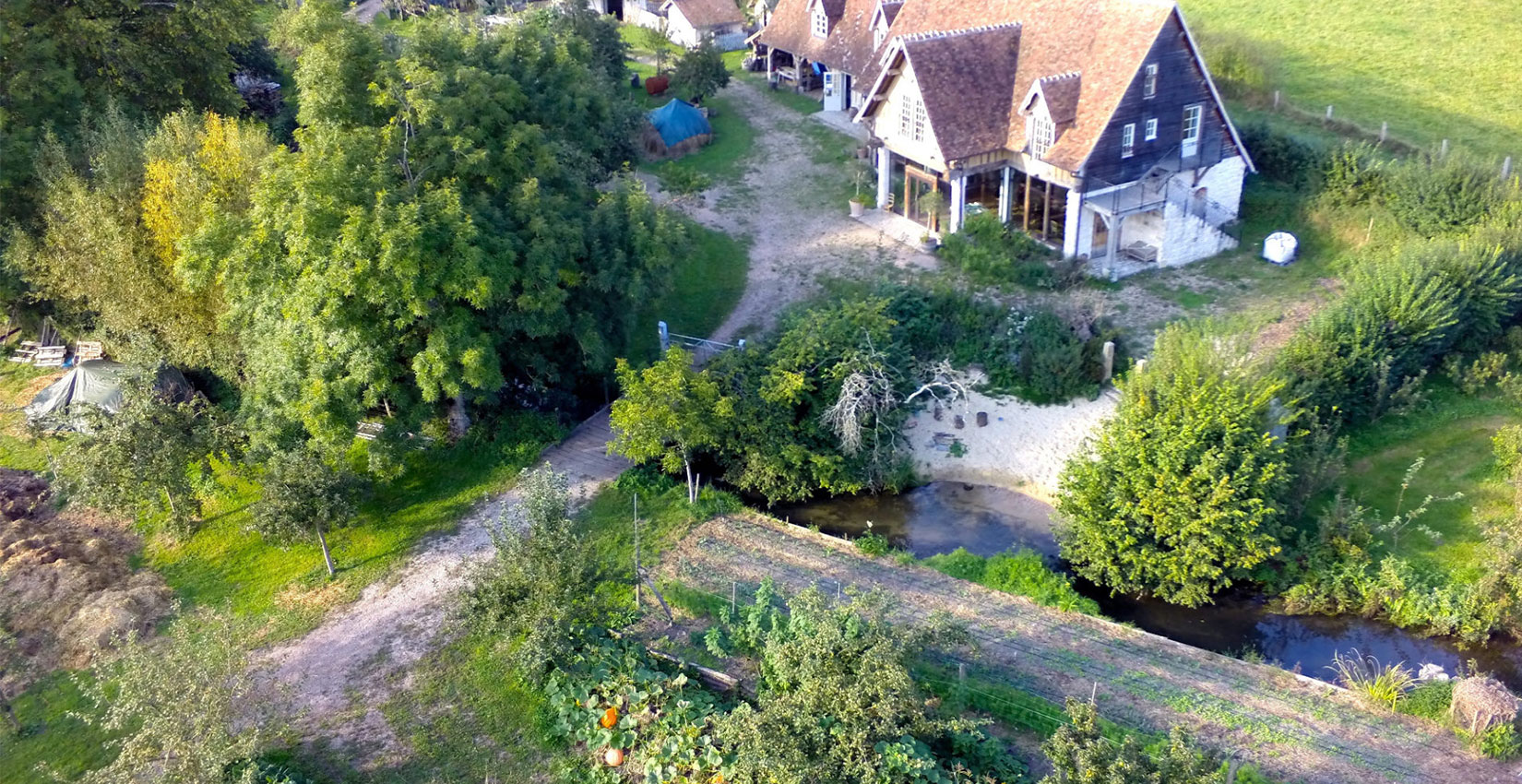
What is permaculture ?
Permaculture is an approach developed at the end of the 1970s in Australia. The idea is to take nature as your source of inspiration and to create a permanent culture, hence the term ‘permaculture’. It’s very simple – we only have the one planet and if we want our descendants to live on it for a good time longer, we must find solutions to enable humans to meet their needs without degrading the planet. Permaculture itself is a conceptual system that allows you to think about human habitats of any type – for example gardens, towns, businesses, regions, etc – and the way that they’re able to function in circuits, with everything interacting, with the waste products from one part transforming into a product for another… nature is brilliant at being able to produce a lot, sustainably, without generating pollution, using very little. It becomes clear that by combining resources and opportunities, getting all the elements in a system to interact, you can create a kind of positive synergy in which the whole is more than the sum of its parts. That’s what a circular economy aims to do too, for example.
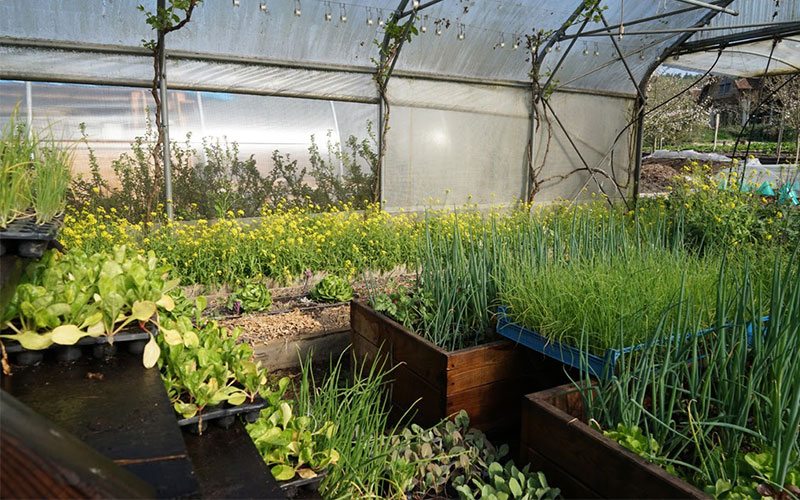
What do you mean by ecoculture ?
Ecoculture is a form of agriculture that takes nature as its model, that’s to say, an organically inspired agriculture. You might also say that it’s the application of the concepts of permaculture to agriculture. Permaculture had practically never been employed in professional agriculture up to the moment when we naively launched ourselves into the matter. But the working practices we’ve developed on our farm have had an enormous impact on the agricultural world, not just in France, but abroad also. In 2010, we formulated the concept of permaculture micro-farms; today, the French Ministry of Agriculture informs us that 80% of French organic market-gardening farming projects follow our model. That’s 80% in the space of seven or eight years. So the agricultural world, which can seem very static, is capable of rapid, unexpected developments.
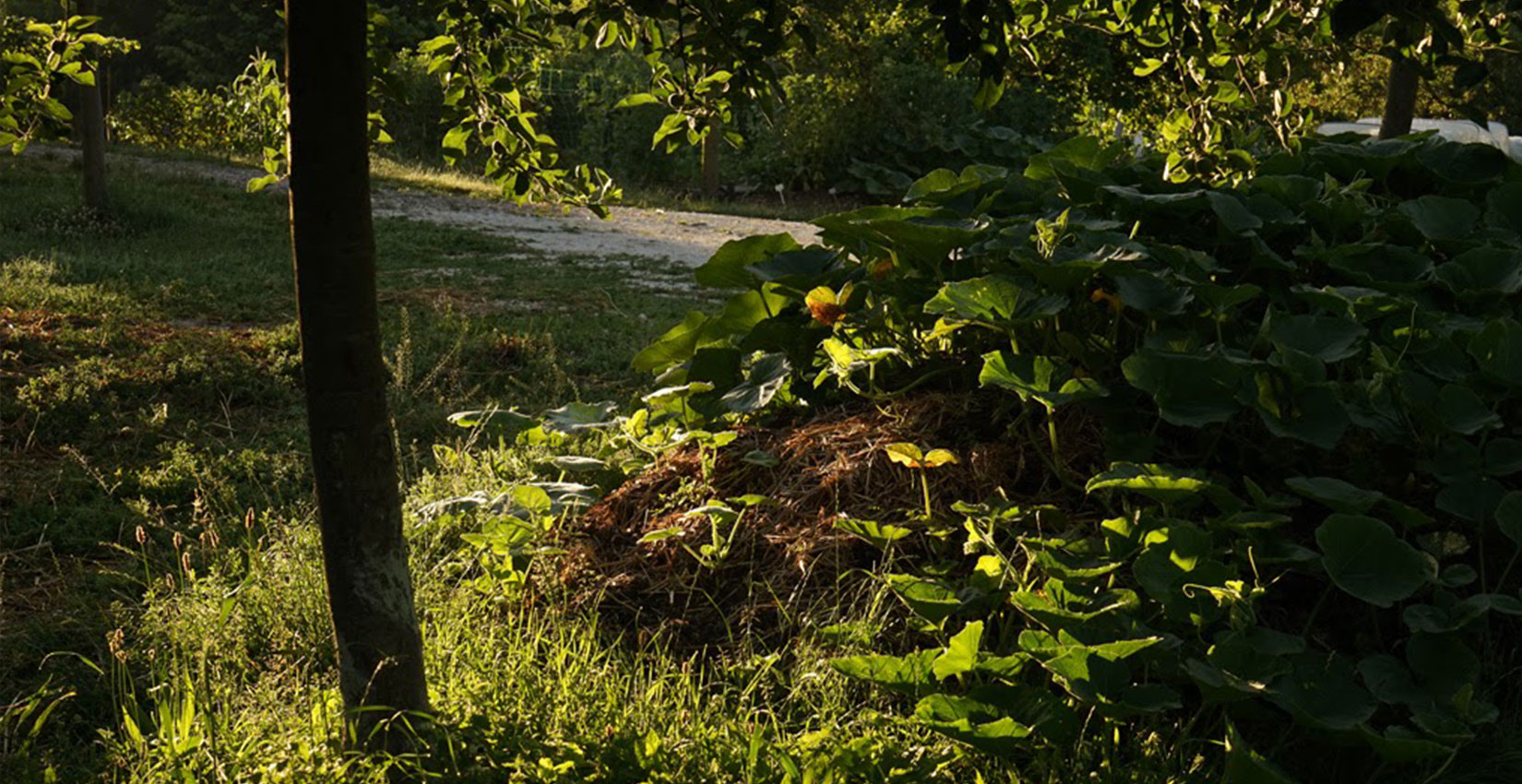
How did scientific researchers become involved ?
As our type of agriculture had never been put into practice before, we needed to measure our work. Starting in 2011, we embarked on a series of eight research programmes on the farm, some of which are still ongoing. All have given excellent results, showing that ecoculture enables farmers to benefit in all spheres, in terms of productivity, turnover and quality of life, but also of soil fertility, biodiversity and carbon sequestration – so, there’s a positive impact in the battle against global warming. Taking nature as our model is a neat way of feeding humankind while at the same time healing the earth. All this work is spreading a lot of hope, with the idea that we can meet the needs of humankind at the same time as regenerating quite rapidly the land on which we live.
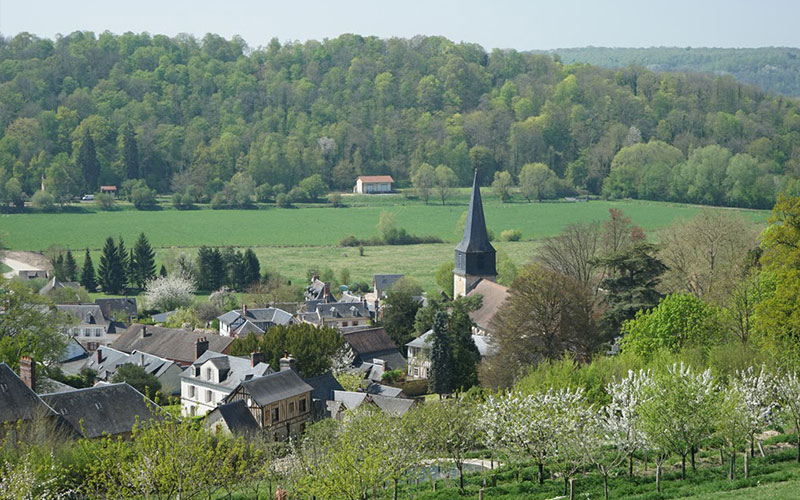
Can you give us some examples of specific experiments ?
The first programme, which attracted a huge amount of media attention, was carried out with the Institut des sciences et industries du vivant et de l’environnement, AgroParisTech and Inra (the Institut national de la recherche agronomique). It demonstrated, in 2014, that cultivating, completely by hand, 1,000m2 of cultivatable land in our gardens, we could produce a turnover of €55,000, from vegetables that were actually sold. Now, the average for organic market-gardeners working with a tractor is of the order of €30,000 per hectare. This shows that there’s a very large potential for increased productivity. We achieved a production worth around €55 in vegetables per m2, simply using manual tools.
We’ve also carried out several programmes concerning soil fertility and carbon sequestration with Gembloux Agro-Bio Tech in Belgium. In the space of seven to eight years, we’ve managed to create very fertile soils, stocking up to 10% extra organic carbon per year, which is absolutely colossal compared with existing norms. We’ve reached up to 26 times more than Inra’s stated objective, of four parts in 1,000, in that if, across France, we were all able to increase carbon capture by four parts in 1,000 from French agricultural soil, here in France we’d absorb all the carbon created by our human activities.
That means that it is possible to combine a significantly higher level of average productivity with a very rapid improvement in soils.
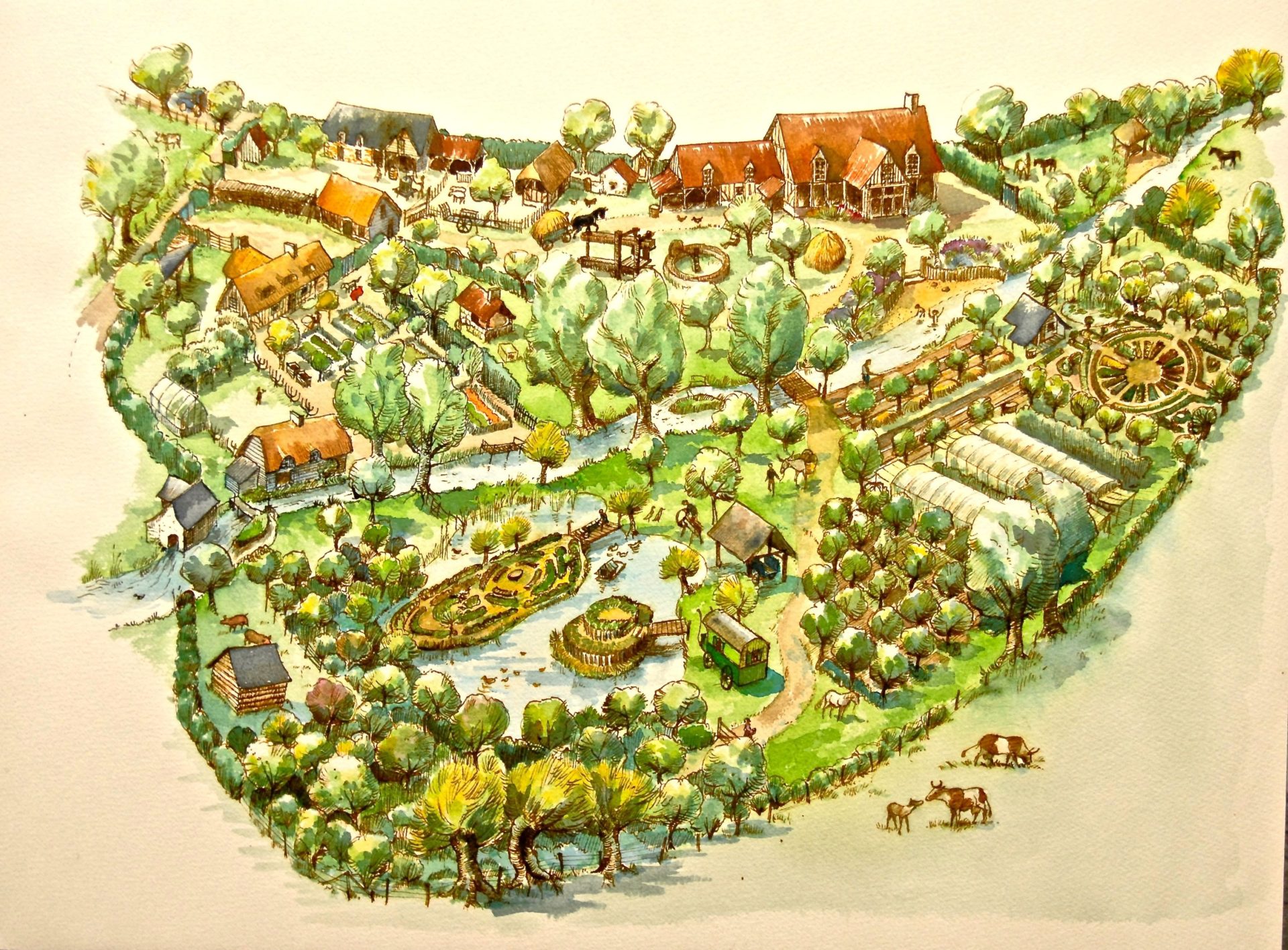
What have the effects been ?
We can derive lots of positive lessons from this. If we can produce as much on one tenth of a hectare as on one hectare, then we can free up one tenth of a hectare, which might be given over to fruit trees, to rearing animals. As a result, the whole farm becomes a carbon sink [absorbing carbon dioxide], both the vegetable-growing gardens and the rest of the farm. Another consequence is that thanks to the earth’s diversity and the presence of ecological niches, our farm has turned into a wonderful shelter for biodiversity. We’ve carried out several studies that show that we have lots more earth worms, wild bees, birds and more… We’ve counted some 40 species of wild bees and some 60 species of birds, including rare and endangered species, that are nesting on our farm.
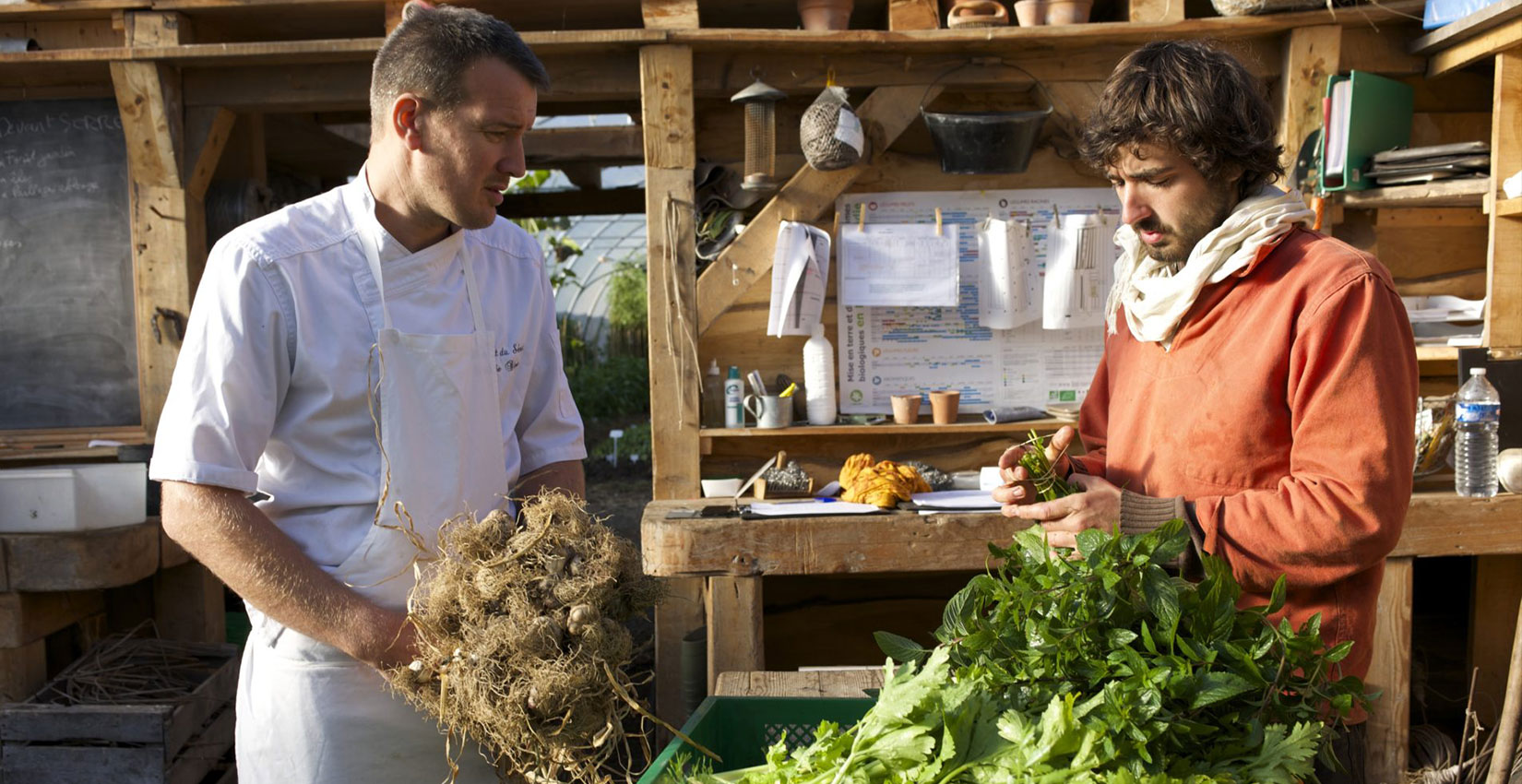
Who’s been coming to see you ?
Lots of people. The variety is incredible. Thanks to our training courses, we receive lots of budding farmers, that’s to say people looking for a change of life, who are more or less like Perrine and me, neo-rural types! But we also get farmers who’ve inherited a family farm, whose families have been in the profession over several generations. We welcome people from all professions, from all social backgrounds, of all ages… decision makers, community managers, company directors, artists, thinkers, philosophers, politicians… We can also put on, by request, training courses for companies that wish to reflect on their social engagement. Perrine has been invited twice to the European Parliament and once to the French Senate. Our methods have proved of interest to a lot of people! We all have to eat, so, in some sense, we all have something in common… [laughter follows]. We’re all involved in the Earth’s future.
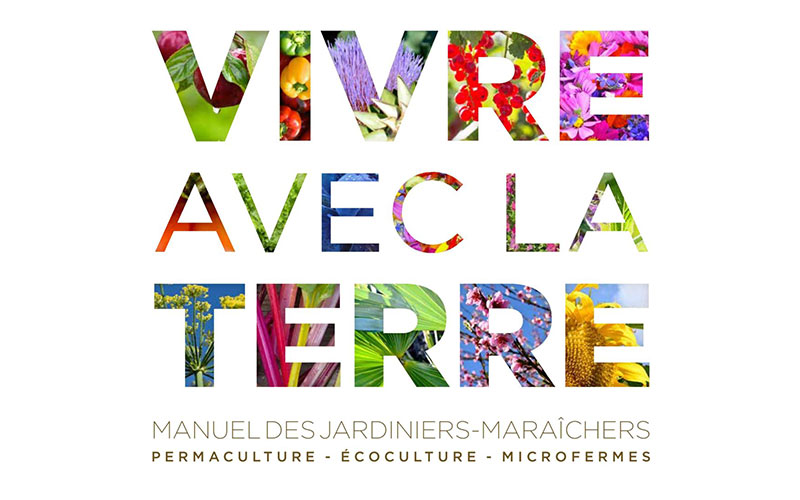
What’s your latest news ?
Our first book, entitled Permaculture, nourrir la terre, nourrir les hommes, has been translated into eight languages. It’s a best-seller in France and it’s contributed to a big shift in ideas. As we saw this movement developing at lightning speed, with very little technical or educational support, over six years, we’ve worked towards publishing an enormous manual, amounting to 1,048 pages, which came out a few months ago. It’s a book that’s both full of documentation and accessible to a wide public. It contains almost 2,000 illustrations and there’s no equivalent in contemporary literature, describing both ecoculture and permaculture. It’s been selling like hot cakes, with the publisher Actes Sud reprinting almost 10,000 copies a month and we’re happy about its success because we believe that it’ll strengthen this fundamental shift in our agriculture.
The book allows readers to learn about the latest contemporary scientific knowledge on nature and all the techniques that we use. All the concepts are described and what’s great is that it’s accessible to professionals and to amateur gardeners alike. The techniques involved are very simple but highly effective and they can be put into practice by individuals in their own gardens, even if they’re the size of a pocket handkerchief …
Good to know :
Back in 2008, although they were still starting out back then, Charles and Perrine Hervé-Gruyer were approached to offer training to others. Today, their school of permaculture has become an important training centre. The arrival of scientific researchers on the farm led to research programmes being set up and the couple actively set about spreading their practices, a project led by Perrine, who now advises lots of institutions, communities and project developers in the creation of natural, innovative farms.
